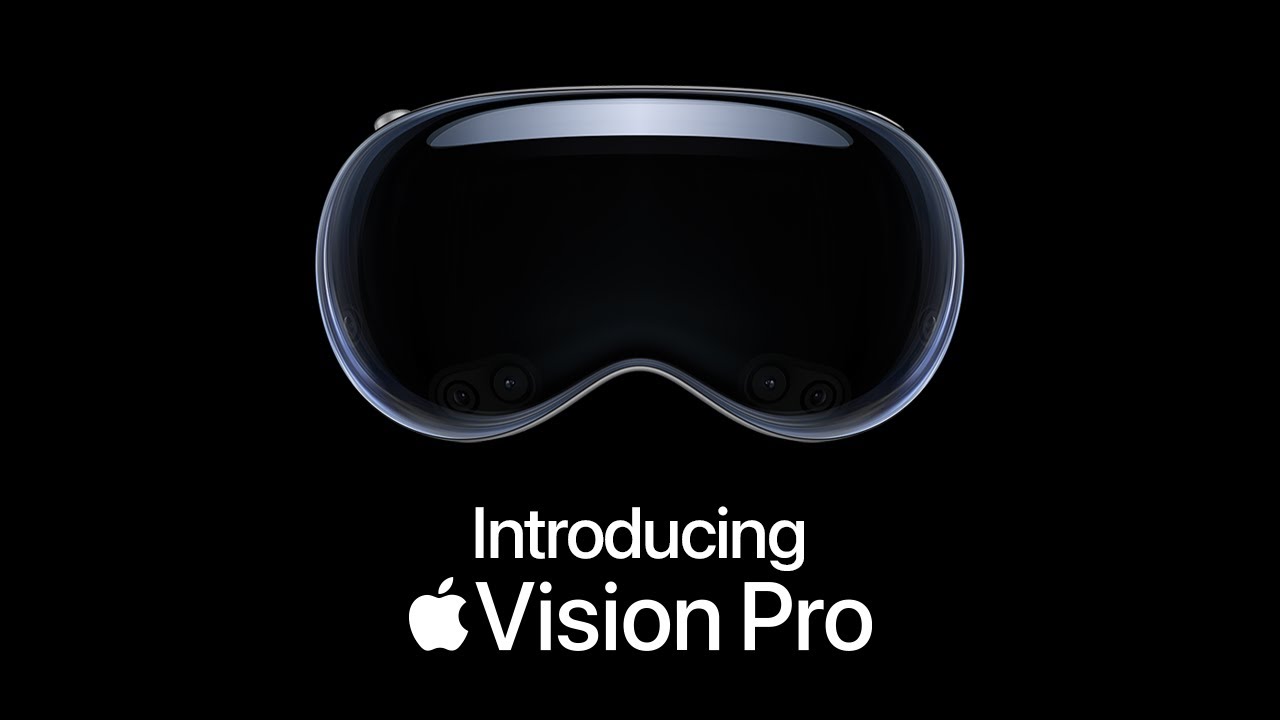PSVR2 from Sony has eye tracking, and has been used quite a few games, some quite effectively.
play Synapse on the PS5 if you want to feel how liberating eye tracking can be !
the main one, as has already been highlighted, is when we come proficient at something, we build muscle memory to the point where we do not look at what we are doing, so we can multi-task.
Im typing this, without looking at my keyboard, I play piano (poorly ;)) without looking at the keys.
unfortunately, really eye tracking, is like much of XR, its just one part of a solution - but its proven not to be the one ‘missing thing’.
in my experience, THE most important thing missing in XR is haptic feedback, when you have good haptics, it raises the immersion to a whole new level.
honestly, I think music making is (often) a physical experience… its part of the pleasure, connecting ourselves to sound. so for now, I don’t really think XR has much to offer musicians…
I think it will, at some point, but it’s still a bit too primitive (even the vision pro)
I know AR is the buzz at the moment, but for me it’s far from proven.
I think VR and AR are different, and both useful.
VR is more about experience and immersion, AR is more about being in the same space.
AR is really cool in that you are not disconnected from your environment, which can be very disorientating. but that lack of immersion is also misses something.
what I like about the Vision Pro is the way you can move ‘gradually’ between the AR and VR.
it makes AR->VR, less black n’ white, which I think is excellent.
this is something thats actually pretty new, and I think is an important step forward.
overall, I do feel the VR immersive experience could be exceptional for music.
but for now its a personal experience… as you cannot really share this with an audience.
ironically, high tech is not the issue here.
Id much prefer 8 people with Quest 3 sharing an experience over a singe person with a (fantastic) solo experience with Vision Pro.
(gaming also shows this… multiplayer / social experiences do very well, often over single player stuff)



